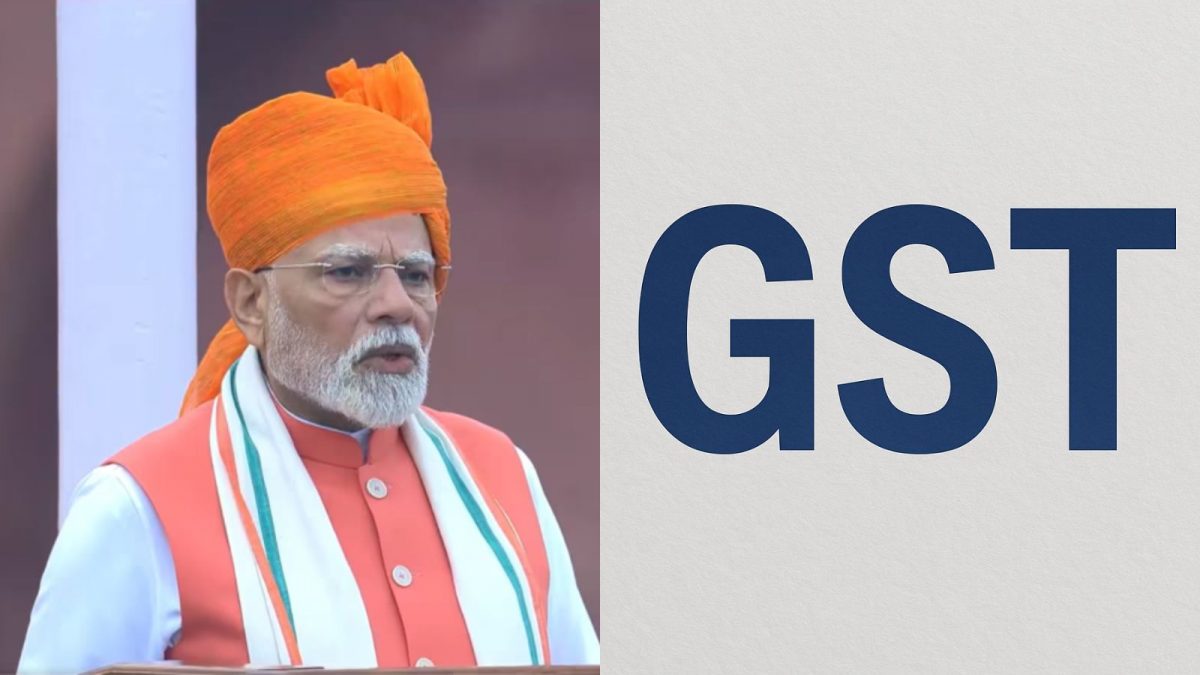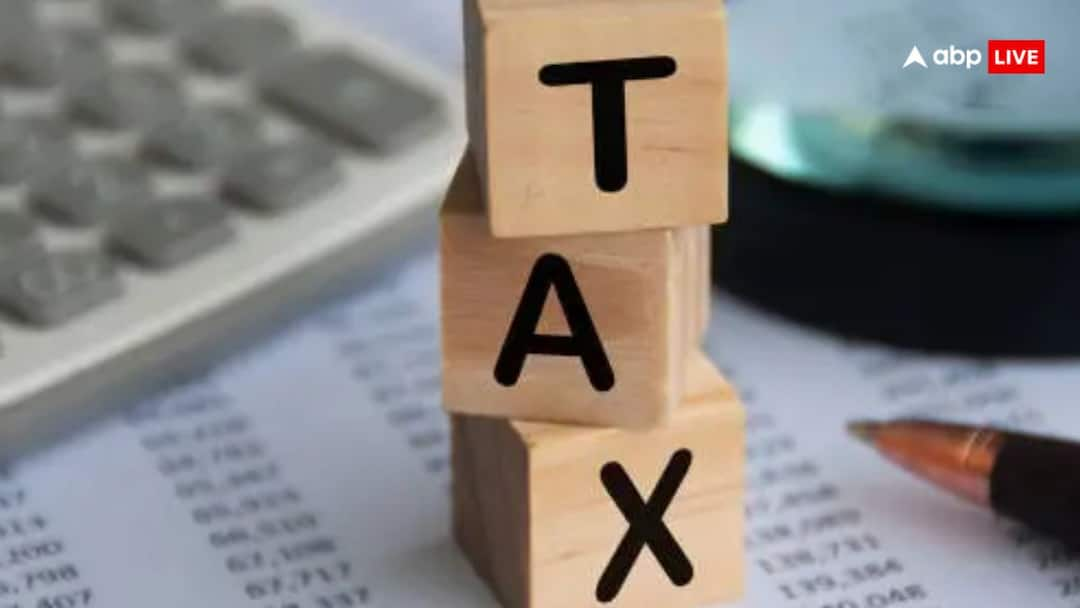- August 15, 2025
Centre’s Landmark GST Overhaul Plan: Multi-Slab System May Give Way To 2-Rate Regime, Onus On States

Last Updated:
The new plan, which has been sent to the GST Council and the Rate Rationalisation Group of Ministers (GoM), suggests a shift to a two-rate structure of 5% and 18%

Prime Minister Narendra Modi, during his 12th Independence Speech from the ramparts of the Red Fort, spoke about an overhaul of the GST system. Image/X
The Centre has put forward a landmark proposal to overhaul the Goods and Services Tax (GST) structure, aiming to simplify the current multi-slab system into a more streamlined model. The “Diwali bonanza” announced by Prime Minister Narendra Modi in his Independence Day speech proposes to reduce the existing four GST slabs to just two, at 5% and 18%. The government is keen to see the new consumer- and trader-friendly framework come into effect before the festive season.
According to details accessed by News18, the core of the proposal is a significant rationalisation of rates. The plan suggests that around 99% of commodities used by the common person, including items for students, farmers, and aspirational middle-class consumers, would fall under the lowest tax category of 0 to 5%. These include products from the textile and handicrafts sectors, which are crucial for boosting rural livelihoods. Additionally, essential services and goods like medicines, health, and insurance are also slated to see a reduction in their GST rates if the proposal is cleared.
The new structure also addresses goods currently in the higher tax slabs. Around 90% of these items would be accommodated in the new 18% slab. The proposal carves out a separate, higher category for a few “sin items” considered injurious to health, such as tobacco and pan masala. These goods, along with potentially some forms of gaming, would be subject to a 40% GST rate, the highest legal rate permitted.
Government sources indicate that work on this proposal has been underway since 2022, with inputs from various stakeholders. The move is being driven by a clear directive from the Prime Minister to make the GST system more growth-friendly and beneficial for consumers and Micro, Small, and Medium Enterprises (MSMEs). Other envisaged benefits of the new GST look include quicker refunds and easier tax calculations.
However, the final approval hinges on the states. The proposal will now be put before the GST Council, with a meeting expected in September or October. There is a potential for some opposition-ruled states to resist the move, fearing a short-term loss in revenue. The Centre, however, believes that the new structure will increase consumption, ultimately fueling a higher GDP, and is calling on all states to cooperate with this pro-people reform. The onus is now on them to support the measure for the collective economic benefit.

Pallavi Ghosh has covered politics and Parliament for 15 years, and has reported extensively on Congress, UPA-I and UPA-II, and has now included the Finance Ministry and Niti Aayog in her reportage. She has als…Read More
Pallavi Ghosh has covered politics and Parliament for 15 years, and has reported extensively on Congress, UPA-I and UPA-II, and has now included the Finance Ministry and Niti Aayog in her reportage. She has als… Read More
view comments
Read More







